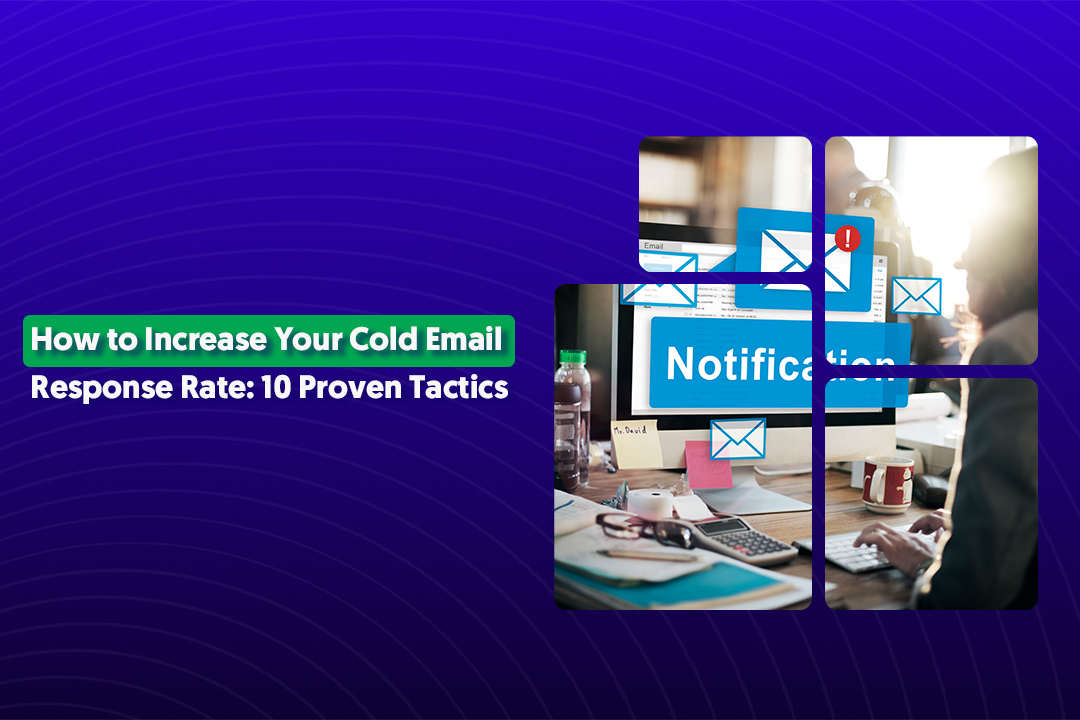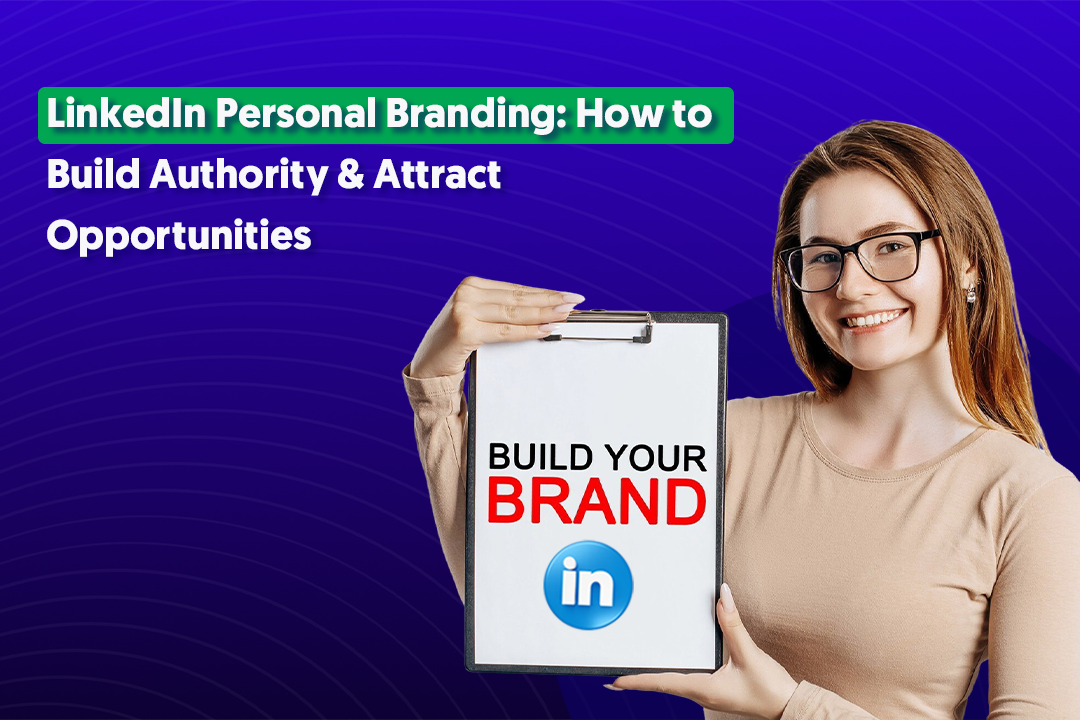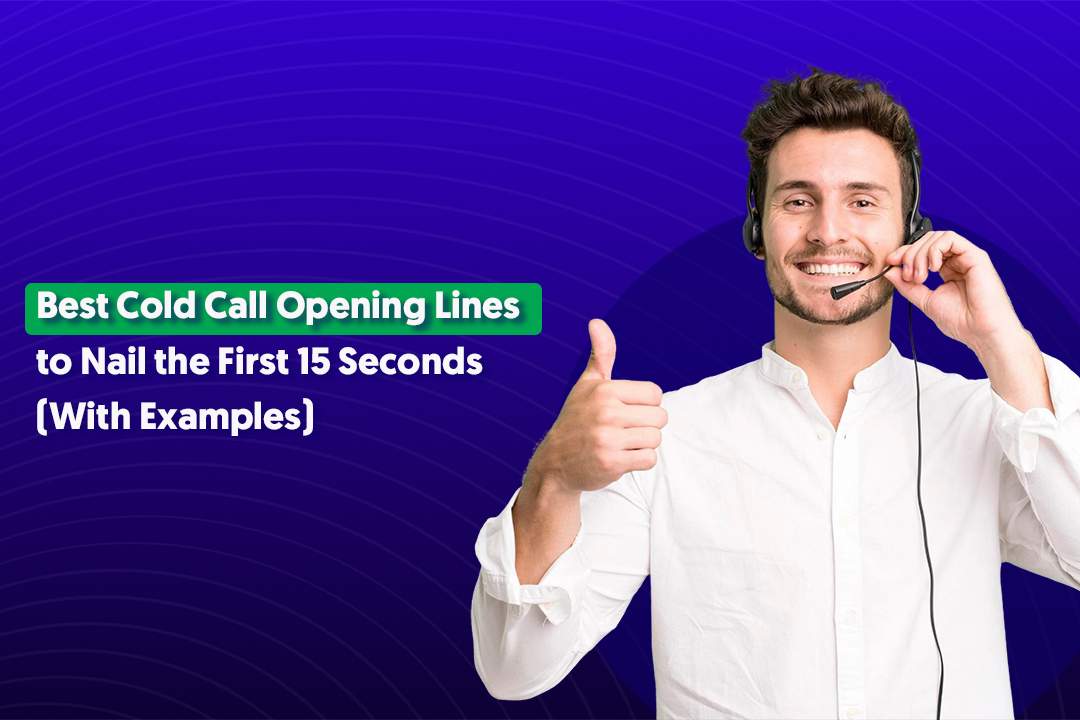Table of Content
Key Takeaways
- Lead generation for IT services requires specialized strategies because of long sales cycles, multiple stakeholders etc.
- Combine inbound and outbound channels for best results. SEO + LinkedIn, cold email, and calling.
- Focus on 2-3 specific industries where you have proven results and tailor your messaging accordingly.
- Generic outreach gets ignored; use AI tools, research prospects thoroughly, and speak directly to their pain points.
- Measure leads by channel, SQL-to-MQL ratios, conversion rates, and CAC vs CLV to optimize what's actually driving revenue.
- Avoid common mistakes like weak value props, relying only on paid ads, and poor sales-marketing alignment.
Lead generation for IT services isn't what it used to be.
Gone are the days when you could slap together a generic email campaign, blast it to a cold list, and watch qualified meetings roll in.
Your prospects are drowning in outreach. Their inboxes are packed. Their LinkedIn DMs are overflowing. And most of it? Pure noise.
But here's the thing: while most IT companies are struggling to book meetings, some are consistently filling their calendars with decision-makers at enterprise accounts.
So what's the difference?
It's not about working harder. It's about knowing what's actually working right now in b2b lead generation for IT services.
We've run lead generation for software development companies and tech firms of every size—from bootstrapped startups to Series C SaaS companies.
We've tested every channel, refined every message, and tracked what converts. And in this blog, we're pulling back the curtain on the exact strategies that are generating real pipelines in 2025.
Whether you're wondering how to generate leads for IT services through cold email, LinkedIn, or calling, we'll break down what's working, what's not, and how to implement tactics that actually move the needle.
No fluff. No theory. Just what's proven to work.
Why Lead Generation for IT Services Is Different
B2b lead generation for it services isn't like selling marketing software or HR tools. It's a completely different game.
Most generic lead gen tactics fall flat because they ignore the fundamentals of how IT buying decisions actually happen.
Here's what makes it complex:
The sales cycle is brutal. You're not closing deals in two weeks. IT service contracts take 3-6 months (sometimes longer) because you're dealing with multiple stakeholders—CTOs, IT directors, procurement teams, and executives who all need to sign off. One "yes" isn't enough. You need consensus across the entire buying committee.
You're selling high-ticket services, not $50/month SaaS. A managed IT contract or custom software development project can easily run six or seven figures. That means fewer opportunities in your pipeline, but each one carries serious weight. Losing a deal doesn't just sting—it impacts your quarter.
Credibility is non-negotiable. Technical buyers are skeptical. They've been burned before. They want proof you know your stuff—case studies, certifications, technical expertise. If your outreach doesn't immediately signal that you understand their stack and their pain points, you're ignored.

The Pain Points We See Constantly
We've worked with hundreds of IT companies, and these issues come up again and again:
- Junk leads with no budget or technical need
- Paid ads that bleed budget with terrible ROI
- Marketing and sales completely misaligned
Here's the bottom line: Generic lead generation for tech companies doesn't cut it. You need strategies built specifically for long cycles, technical audiences, and high-value deals.
That means hyper-targeted outreach, messaging that speaks to real pain points, and a process that nurtures relationships over months—not days.
8 Proven Strategies Working for IT Services in 2025
Here are the top strategies driving consistent inbound and outbound results for IT, software, and SaaS service providers in 2025.
If you're wondering how to generate leads for IT services that actually convert, these are the tactics we've seen work across thousands of campaigns.
1. Hyper-Targeted LinkedIn Outreach (Not Spray and Pray)
LinkedIn lead generation still works, but only if you're surgical about it.
Forget connection requests to everyone with "CTO" in their title. The IT buyers who actually respond are the ones who see a message that feels like it was written specifically for them (because it was).
What's working:
- Target companies using specific tech stacks (find them via LinkedIn Sales Navigator filters or tools like BuiltWith)
- Reference their exact pain points in your first message (migrations, legacy systems, compliance needs)
- Lead with insight, not a pitch—share a relevant case study or trend they care about
The companies booking 10-15 meetings per month from LinkedIn? They're sending 50-100 highly personalized messages per week, not 500 generic ones.
Check This Out: Exact LinkedIn Sales Navigator Lead Workflow We Use to Book High-Quality B2B Meetings
2. Cold Email with Technical Personalization
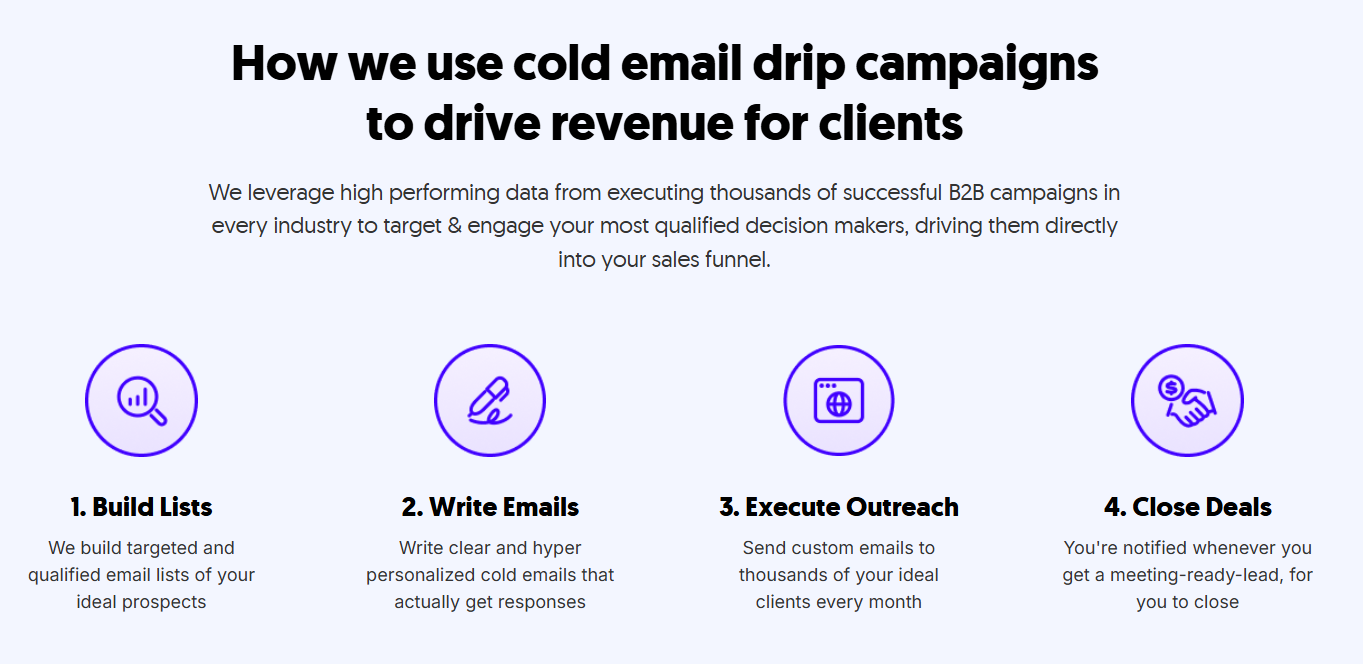
Cold email outreach for IT services gets a bad rap because most people do it terribly. But when it's done right—short, relevant, and tailored to the recipient's actual tech environment—it's one of the highest ROI channels.
The difference makers:
- Researching their current stack before hitting send (mention the tools they're actually using).
- Writing like a human, not a marketing bot—keep it conversational and under 100 words.
- A/B testing subject lines and CTAs obsessively (what works for one vertical often bombs in another)
At Cleverly, we've helped clients generate $312 million in pipeline revenue through cold email and LinkedIn campaigns.
The secret? Every message is researched and customized based on the prospect's industry, tech stack, and business challenges.
More to Read: Cold Outreach That Works - How Cleverly Books 1000s of B2B Leads
3. Cold Calling (Yes, It Still Works)
Here's what nobody wants to hear: cold calling lead generation is back—and it's working better than ever for IT companies.
Why? Because your competitors gave up on it. Inboxes are slammed, but phones? Way less competition.
What makes cold calling effective in 2025:
- Calling decision-makers directly (not gatekeepers)—use tools like ZoomInfo or Apollo to get direct dials
- Leading with a question, not a pitch: "Are you currently dealing with [specific technical challenge]?"
- Following up email and LinkedIn touches with a call (multichannel beats single-channel every time)
We've made over 1 million cold calls for IT and tech clients, setting 53,000+ appointments and generating $312 million in pipeline. The teams winning with calling are treating it like a conversation, not a typical cold calling script.
Explore Further: The Best Cold Call Opening Lines to Nail the First 15 Seconds (With Examples)
4. SEO-Driven Content That Answers Real Questions

Your prospects are Googling their problems before they ever talk to a vendor. If you're not showing up in those searches, you're invisible.
Content that drives IT leads:
- "How to" guides for specific technical challenges (e.g., "How to migrate from AWS to Azure without downtime")
- Comparison posts (e.g., "Managed IT Services vs. In-House IT: Cost Breakdown")
- Case studies showing measurable results (not vague "we helped them succeed" fluff)
The key is optimizing for what decision-makers are actually searching—not what you think sounds impressive.
5. Strategic Partnerships and Referral Programs

Some of the best b2b lead generation for IT services doesn't come from outbound at all—it comes from partners who already have relationships with your ideal clients.
Partnership plays that work:
- Partner with complementary service providers (e.g., if you do cybersecurity, partner with MSPs who don't offer that).
- Build formal referral programs with incentives (don't just hope people remember you).
- Co-host webinars or create co-branded content to tap into each other's audiences
One referral from a trusted partner is worth 50 cold emails. Build those relationships intentionally.
6. Retargeting and Lead Nurturing

Most prospects won't convert on the first visit. That's not a failure—it's reality. The companies that win are the ones that stay top-of-mind.
👉 Set up remarketing campaigns. Use LinkedIn and Google retargeting to stay visible to people who visited your landing pages or case studies. Show them testimonials, new content, or special offers.
👉 Nurture with value, not pitches. Send educational emails—industry insights, technical deep-dives, new case studies. Position yourself as a resource, not a salesperson.
👉 Segment by engagement. Hot leads who've downloaded multiple resources get different messaging than cold contacts who bounced after one page view. Tailor your follow-up accordingly.
7. Create Industry-Focused Landing Pages & Case Studies

If you're a software development company, you can't have one generic "Our Services" page and expect to rank or convert.
Lead generation for software development company success depends on specificity.
- Build dedicated landing pages for each service
- Back it up with data and proof
- Make the CTA crystal clear
- Case studies are your credibility engine

8. Host Niche Webinars and Tech Demo Sessions
Webinars work because they let you showcase expertise while building a qualified audience. The key is making them hyper-relevant.
- Pick topics your ICP actually cares about
- Promote strategically
- Capture and nurture attendees
The IT companies winning at lead gen in 2025 aren't relying on one channel. They're running multichannel campaigns—LinkedIn + email + calling + content—and they're ruthlessly focused on personalization and relevance.
That's how to generate leads for IT services that actually turn into revenue.
Measuring Success in IT Lead Generation
You can't improve what you don't measure. Lead generation for IT services requires tracking the right KPIs and actually using that data to optimize.
Here's what to track:
- Leads generated per month (by channel—LinkedIn, email, paid ads, referrals).
- SQL to MQL ratio (how many marketing-qualified leads turn into sales-qualified opportunities).
- Conversion rate by channel (which sources close deals, not just generate activity)
- CAC vs CLV (what you're spending to acquire customers versus what they're worth over time).
Get your attribution right. First-touch attribution tells you where leads come from. Multi-touch attribution shows the full journey. Both matter—especially in long B2B sales cycles where prospects interact with you 10+ times before buying.
Tools to Explore: 8 BEST Marketing Attribution Software in 2025 (We Use #1 Personally)
CRM visibility is everything. Whether you're using HubSpot, Pipedrive, or Salesforce, your team needs real-time data on where every lead stands. No CRM? You're flying blind.
Common Mistakes IT Companies Make in Lead Generation
We've seen thousands of lead generation for tech companies campaigns—and honestly, most fail for the same avoidable reasons.
Here are the biggest mistakes that tank results (and how to avoid them).
Targeting Too Broad Instead of Going Niche

"We serve all industries" sounds good in theory. In practice, it kills your conversion rates.
When you try to be everything to everyone, your messaging becomes generic. Your case studies don't resonate. Your outreach feels templated because, well, it is.
✅ The fix: Pick 2-3 verticals you actually have experience in and go deep. Build industry-specific landing pages, case studies, and outreach sequences. A cybersecurity firm that says "We specialize in HIPAA compliance for healthcare startups" will always beat one that says "We do cybersecurity for businesses."
Having a Weak (or Non-Existent) Value Proposition

"We build custom software." Okay, cool—so do 50,000 other companies.
"We offer IT consulting services." Great, what makes you different from the other firms they're already talking to?
If your value prop doesn't immediately answer "Why you instead of someone else?", prospects have zero reason to engage. Technical buyers are drowning in pitches. They ignore anything that sounds like everyone else.
✅ The fix: Get specific about the outcomes you deliver. Not "We build apps"—"We help SaaS companies cut development time by 40% using pre-built modules and agile frameworks." Not "We do cloud migration"—"We migrate enterprise apps to AWS with zero downtime, guaranteed."
Ignoring Outbound Because It "Feels Spammy"

We hear this constantly: "We don't want to be pushy" or "Cold outreach doesn't work anymore."
Here's the reality—outbound works if you do it right. The difference between spam and effective outreach is research and personalization.
Yes, blasting 10,000 generic emails is spammy. But sending 100 highly targeted, personalized messages to decision-makers who actually need your services? That's smart business.
Inbound is great, but it's slow. SEO takes months. Content marketing compounds over time. If you need pipeline now, you can't afford to ignore outbound entirely.
✅ The fix: Combine inbound and outbound. Use content and SEO to build long-term demand. Use cold email, LinkedIn outreach, and calling to fill your pipeline in the short term. One feeds the other.
Relying Only on Paid Ads
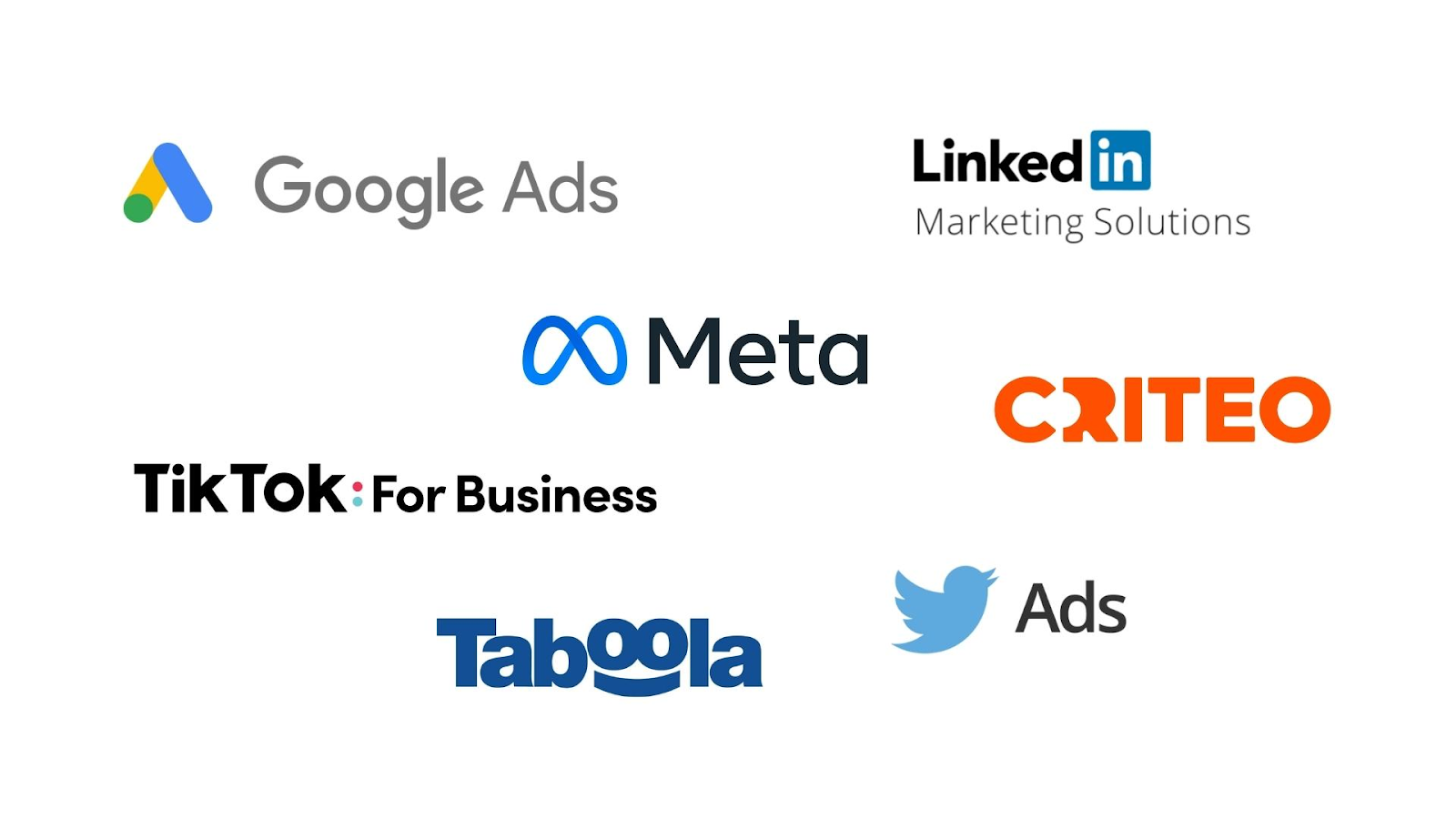
Google Ads and LinkedIn Ads can work for b2b lead generation for IT services—but they're expensive, and the second you stop spending, leads dry up completely.
We've seen IT companies burn $20K-$50K per month on ads with barely any deals to show for it.
Why? They're bidding on broad keywords, sending traffic to generic landing pages, and not nurturing leads after the click.
Or worse—they're paying $150 per click for "software development services" and getting tire-kickers who can't afford a $50K project.
✅ The fix: Treat paid ads as one channel, not your entire strategy. Pair them with organic SEO, outbound, referrals, and content. And if you're running ads, make sure you've got tight targeting, industry-specific landing pages, and a follow-up system that actually converts.
Poor Handoff Between Marketing and Sales
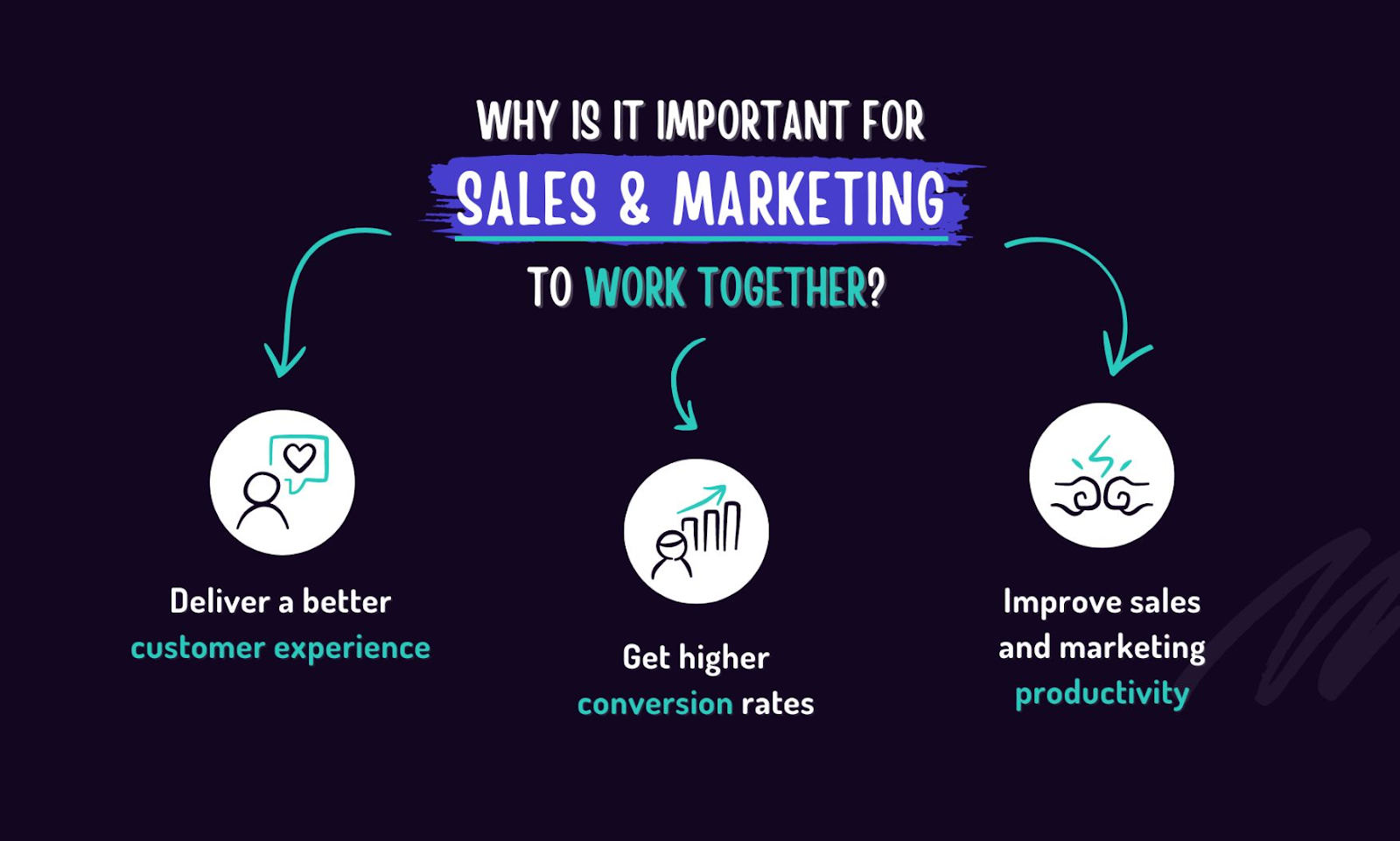
Marketing generates a lead. Sales says it's garbage. Marketing says sales isn't following up fast enough.
Nobody knows what actually converts into revenue. Sound familiar?
This is one of the most common (and most fixable) problems we see. When marketing and sales aren't aligned on ICP, lead quality, and follow-up process, you waste budget and lose deals.
✅ The fix: Define what a qualified lead actually looks like—together. Set clear SLAs for follow-up (if marketing sends a lead, sales contacts them within 24 hours). Use your CRM to track what happens to every lead so both teams can see what's working.
And most importantly, have regular sync meetings where marketing and sales review pipeline data and adjust strategy together.
How Cleverly Helps IT & Tech Companies Win with Lead Generation

Look, we get it. Running lead generation for IT services in-house is hard.
You need specialized tools, a dialed-in process, and a team that knows how to navigate long sales cycles and technical buyers. Most IT companies don't have the bandwidth (or the desire) to figure it out themselves.
That's what we’re here for!
At Cleverly, we're not just another lead generation agency throwing generic templates at your prospects.
We specialize in b2b lead generation for IT services, software companies, and tech firms that need qualified meetings not just vanity metrics.
Here's what we do:
🚀 LinkedIn Lead Generation – We build hyper-targeted prospect lists, optimize your team's profiles, and run personalized outreach campaigns that actually get responses. No spammy automation. Just real conversations with decision-makers.
🚀 Cold Email Outreach – We craft sequences that get opened, read, and replied to. Personalized first lines. Pain-focused messaging. Follow-ups that feel human. And we handle all the technical stuff—domain warm-up, deliverability, A/B testing—so you don't have to.
🚀 Cold Calling – When email and LinkedIn aren't enough, we pick up the phone. Our team has made over 1 million cold calls, booked 53,000+ appointments, and generated $312M in pipeline for clients across every tech vertical.
Real Results for Real Tech Companies
We're not about theory. Here's what we've done for IT and tech clients just like you:
ADV Technical Institute (LinkedIn Lead Generation): We ran a targeted LinkedIn campaign that booked 24 meetings in 6 months with a 21% reply rate. These weren't tire-kickers—they were qualified prospects ready to talk business.

Automation Anywhere (Cold Email Outreach): Our cold email sequences generated 48 average replies per month and booked 35 meetings in just 4 months. High response rates, fast pipeline growth.

Boost Speed (Cold Email Outreach): We helped them generate 9 qualified leads per week with a 26% reply rate—consistently filling their calendar with opportunities.

And these are just a few examples. You can check more of our case studies here!
We've worked with over 10,000 clients—including Amazon, Google, Uber, PayPal, Slack, and Spotify—generating $312 million in pipeline revenue and $51.2 million in closed deals.
You don't need another vendor. You need a partner who understands how to generate leads for IT services and can execute without hand-holding.
Right?
Book a 15-min strategy call with Cleverly and see how we can help you scale lead generation for tech companies without trial-and-error!

Conclusion
Lead generation for IT services doesn't have to be a guessing game. The strategies that work in 2025 are clear: hyper-targeted outreach, industry-specific content, personalized messaging, and a mix of inbound and outbound channels that actually complement each other.
The IT companies winning right now aren't doing everything—they're doing the right things consistently.
They've ditched the spray-and-pray approach, stopped relying on a single channel, and built processes that turn cold prospects into qualified pipeline.
Test what works for your ICP, double down on the channels that convert, and keep refining your approach based on real data.
Your competitors are already doing this. The question is—are you?
Frequently Asked Questions



